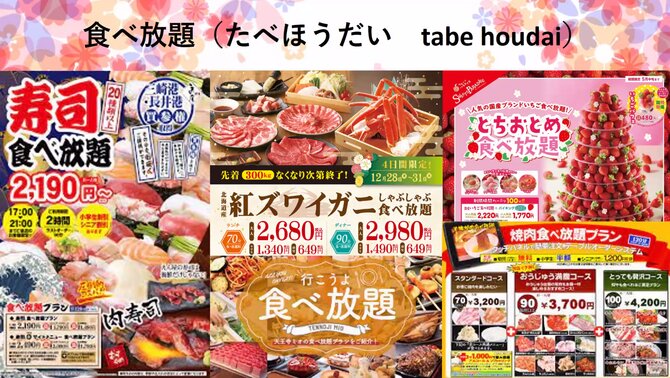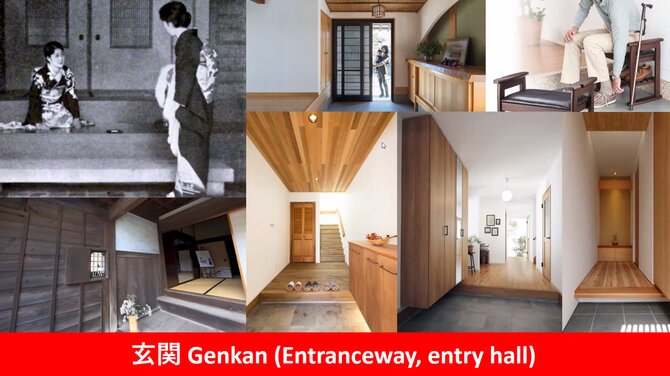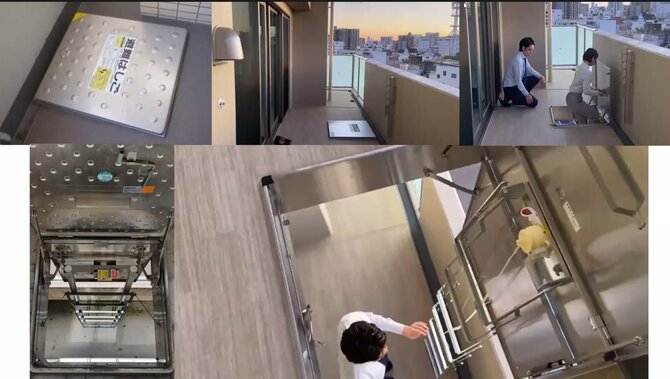Jointly reported by:
Yeo Ju Xuen Jr1D(1)
Rosalind Chiang Fei Yang Sr3A
Japan, the land of the rising sun. How many of us ever wished to visit Japan? Unfortunately, due to the pandemic, we could not travel as international borders were closed. However, we were fortunate to be provided an insight of Japan and their native language as the Kuen Cheng Japanese Society held a talk on the topic on the 11th of June 2021 at 3pm. The guest speakers were Masada Kenji Sensei and Olivia Lim Sensei.
The talk started with Masada Kenji Sensei explaining the methods on how to learn a foreign language such as Japanese. First of all, we must be clear about the purpose of learning the language. Knowing its purpose is very important because it provides motivation.
The second method is to master the basics through listening, speaking, reading and writing. Listening helped improve pronunciation of the words correctly. Speaking is also very important and it requires a lot of training. A foreign language is not your mother tongue, thus under normal circumstances, many tend to think in their mother tongue. However, speaking in a foreign language requires a process of translation and transformation in your mind. Therefore, it is more difficult and often appears less natural. Reading is a great way to explore a wide range of vocabulary and expressions. Writing can help consolidate all the information learned.
Last but not least, the third method to learning a foreign language is perseverance. There is no shortcut to learning a new language, we must continue to practise, summarise, spend time and energy to learn. It could be hard but we must not throw in the towel, only through perseverance we can achieve results.
Masada Kenji Sensei’s part of the talk concluded around 3.20 pm. After that, Olivia Lim Sensei came up and gave her part of the talk which was about the Japanese culture.
Japan, also known as the land of the rising sun, has a culture unique like no other. Japan is also one of those countries that have 4 seasons – spring, summer, autumn and winter. They also have a sweet and sugary dessert that’s quite similar to our Malaysian kuih-muih called “wagashi’’. Unlike our Malaysian ‘‘kuih-muih’’, it differs every season. In Japan, they call their school uniforms ‘‘seifuku’’. The Japanese ‘seifuku’ is modelled in an appearance similar to the European style navy uniform.
In Japan, table-manners are highly valued. Before eating, the Japanese would say ‘‘itadakimasu’’, a polite phrase translated as “I receive” and after eating they would say “gochisousama deshita” which can be interpreted as “thank you for the meal”. As for Japanese local schools, they have a lunch system called “kyuushoku”. It means that the school will provide school lunches to students and it is normally applied to most of the local elementary and junior high schools. It operates by assigning a student to pick up their classmates’ lunches and bring them to the classroom. The role of the student alternates so that every classmate is involved.
For daily meals, the “onigiri” and “bento” are the to-go foods for Japanese locals. “Onigiri”, also known as “omusubi” is a japanese rice ball stuffed with a variety of fillings and flavours, normally formed into triangular shapes whereas “bento” is a Japanese lunch box filled with balanced ingredients, including rice, meat or fish and vegetables. Generally, the housewife prepares bento boxes for the husband and kids, but today bento boxes can also be purchased instantly from convenient stores. On packages of Japanese food, you can often see words that state “sho hi ki gen” which means expiry date, and “sho mi ki gen” which means best before. “Sho hi ki gen” is usually stated on fresh foods, which are not suitable to consume after the suggested date; foods stated “sho mi ki gen” are still safe to eat, just that the suggested date preserves its best flavour.
Last but not least for the food culture in Japan, there is a trend called “tabehoudai” and “tsume houdai”. “Tabehoudai” means eat all you can, where a guest pays a set amount, approximately RM 80, and are then able to eat as much as they want with an allotted amount of time. As for “tsume houdai”, it means take all you can, where the customer can take as much as they want as long as it can fit inside a bag with no limit of weight. These tests one’s ability of “room stuffing” skills to fit as much stuff they can in a limited space.
When talking about Japanese food, a particular condiment that surely comes to mind is Wasabi. But did you know that planting wasabi requires strict conditions? Olivia Lim Sensei mentioned that wasabi can only grow at places with stable weather, which means no sudden chillness or torridity. It also has high requirements for water, of which will only grow well with the irrigation of clean water.
After talking about Japanese food culture, Olivia Sensei moved on to accommodation facts in Japan. She mentioned that houses in Japan aren’t linked together like terrace houses in Malaysia, in fact it is separated by a small distance between houses. This is said to avoid fire spread during a fire disaster. Furthermore, Japanese houses are normally designed with “genkan”, which means an entryway located inside the house directly in front of the door. Usually, the Japanese remove their shoes at the “genkan” and change it to house slippers before stepping into other areas of the house. Japanese houses are usually also prepped with an evacuation place and a survival kit near the door closest to the exit so that the people can protect themselves during earthquakes. Japan is also well-known for their cleanliness and high environmental awareness. Hence, Japan has strict rules for their garbage disposal and it varies according to each area. A tip from Oliva Sensei was to be aware of the rules of garbage disposal at the area you are staying to avoid unnecessary trouble in disposing litter.
Moving on to the last section of the talk, Olvia Sensei introduced about transport and travel in Japan. For instance, people in Osaka ride their escalators on the right side whereas people in Tokyo ride on the left. It is important to know about the rules in each area to ensure the smooth flow of crowds and avoid crowdedness. For travellers visiting Japan, she recommended JR pass. Each pass differs according to area but it is a good option because travellers can access all areas in Japan by just one pass.
 |
 |






